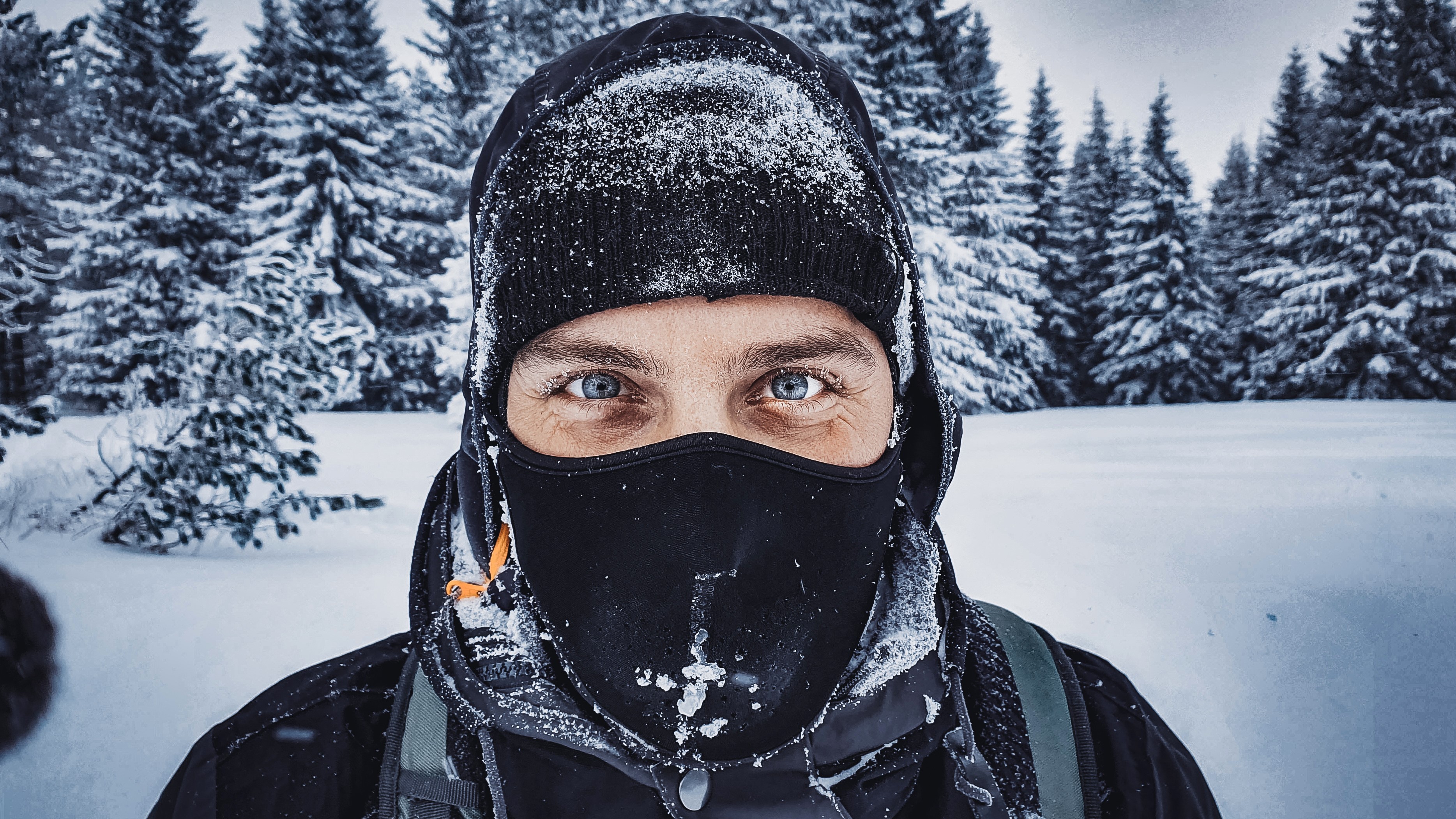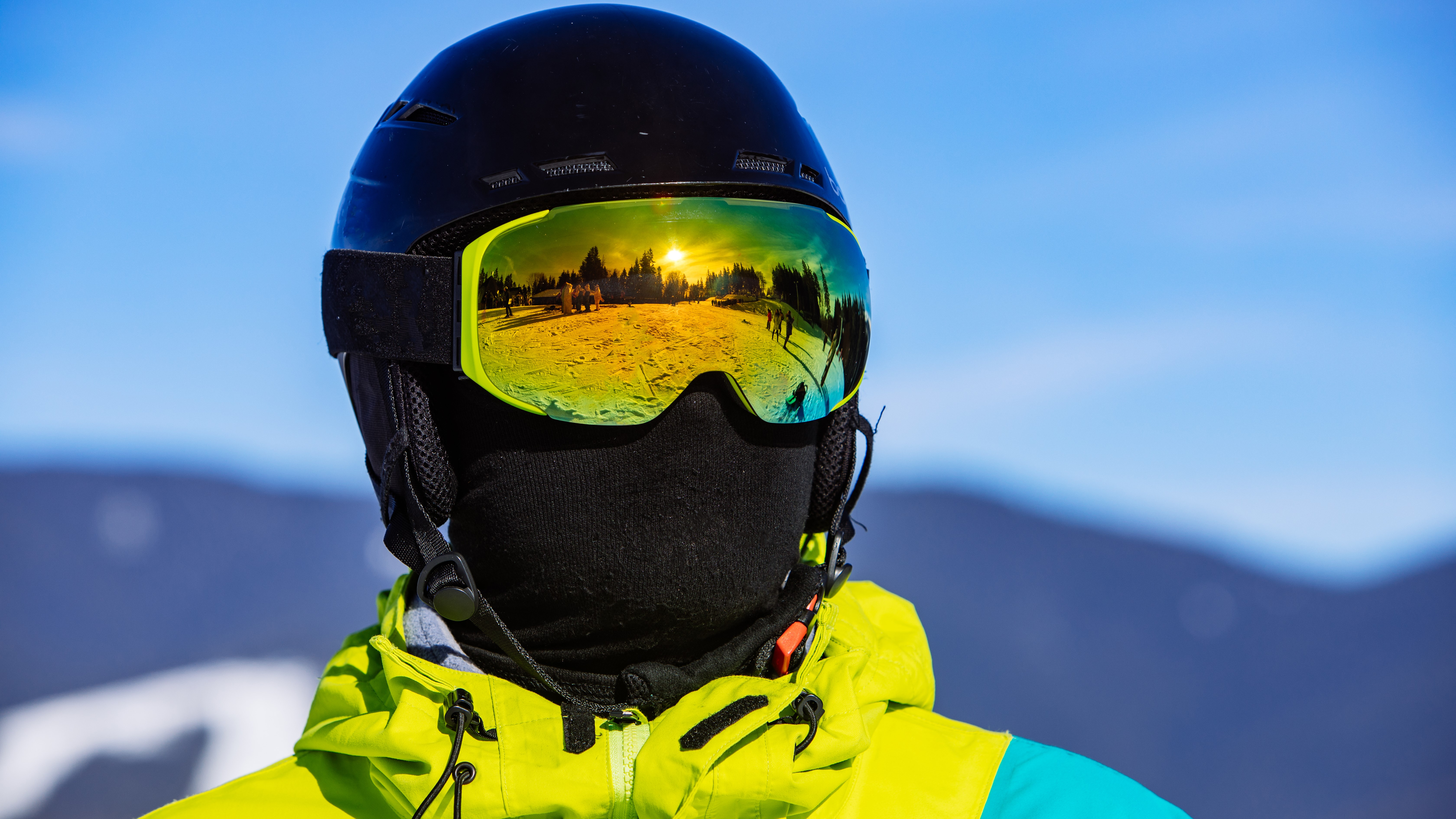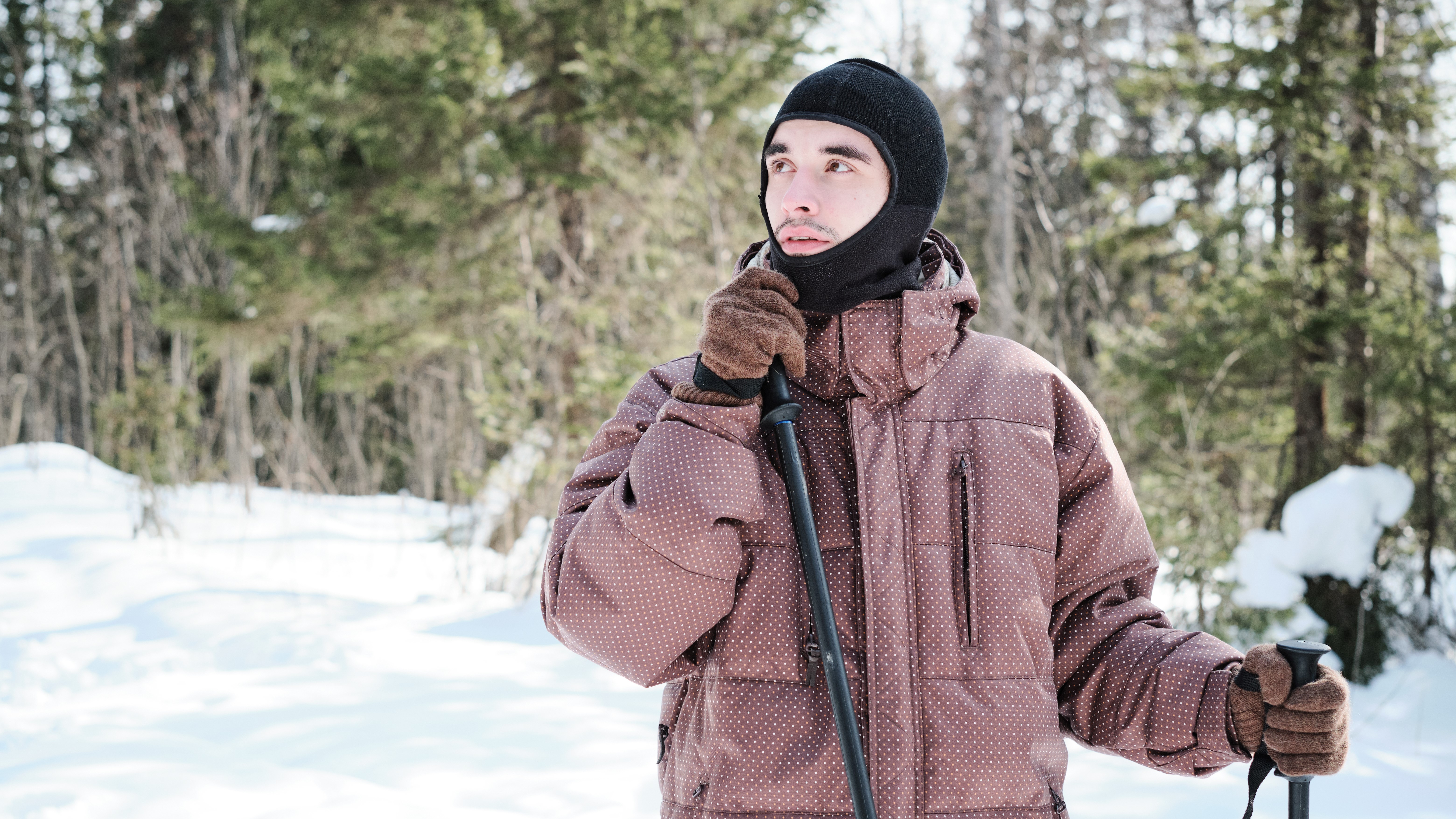What is a balaclava – and how do you wear one for skiing?
What is a balaclava? Why is it called that? How do you wear a balaclava? We answer your biggest headwear questions to help you fend of a Baltic breeze on the slopes

Getting dressed for skiing and snowboarding is a bit like going into battle. Your opponent? Frigid air. You’ve got waterproof, windproof ski pants and one of the best ski jackets for men or ski jackets for women to seal out the drafts when you’re whizzing downhill. Ski gloves keep your paws from becoming blocks of ice around your ski poles. Your ears are tucked inside a warm, padded helmet and your ski goggles keep your eyeballs from freezing like Audrey Griswold in Christmas Vacation.
You’re ready.
You get off the ski lift without causing a pileup and start taking some easy turns, but as you pick up speed, the full assault of the Baltic breeze hurling itself at you reveals one crucial weak spot: your face is freezing. In the crack between the top of your goggles and the bottom of your helmet, a dull, throbbing headache begins to take hold. Snot freezes solid the moment it leaves your nose. Your cheeks and lips, well, who knows if they’re even there anymore? You stop and try to pull your helmet down and your collar up, but it’s no use. You can’t wear a scarf because it could get caught on the ski lift and also other skiers would jeer at you.
You need a balaclava.

What is a balaclava?
You need a what?
A balaclava, better known as a ski mask in North America, is a tight-fitting, stretchy garment designed to cover your head and neck, leaving an opening for your eyes. Some balaclavas have a larger opening that also exposes your nose and mouth, but any balaclava designed for winter sports where you’re going to be breathing hard should be made from a highly breathable fabric, for obvious reasons.
According to Beverly Chico, who wrote a whole book on Hats and Headwear Around the World, the garment got its unusual name after British troops wore them at the Battle of Balaclava during the Crimean War of 1854. These days, balaclavas are mostly worn by skiers and bank robbers, but don't let the latter put you off.
Advnture Newsletter
All the latest inspiration, tips and guides to help you plan your next Advnture!
Though you can rustle something up that looks like a balaclava using a neck gaiter, for really cold weather skiing and snowboarding, a balaclava offers your skin the best protection from the cold. It helps to keep your ears, head and neck warm by sealing out drafts, and also protects your skin from harmful UV rays – which are reflected and magnified by the snow – without having to smear sunscreen everywhere. Balaclavas can also offer more protection than a beanie hat for winter hiking.

How to wear a balaclava for skiing
First off, choose a balaclava made from a breathable fabric like wool or polyester for skiing, since you might be breathing hard and you want that condensation to be able to escape to avoid skiing with a wet face. Make sure you get one with a long neck to tuck inside your clothes, and a snug-fitting, lightweight model, so it will fit under your helmet, and if it’s too warm to wear it once you get up on the slopes, you can easily stash it in your pocket.
- Before getting on the ski lift, pull your balaclava on and tuck it into the collar of your base layer so it’s inside your jacket.
- Next, pull your helmet on and clip it under your chin. If this pulls your balaclava down over your eyes, remove your helmet and pull your balaclava down at the back, then put your helmet back on.
- Pull the balaclava up so it covers your nose and mouth, then pull your goggles down and arrange the balaclava so that just the very edges of the opening are held in place by the foam of your goggles. This seals out any gaps where a draft can get in, but makes sure your goggles don’t fog up.
- If you find it difficult to breathe with your balaclava over your mouth, or you get too warm, you can free the bottom of the opening from the bottom of your goggles and pull it down under your chin.
- You’re now ready to go skiing – remember to take it off if you need to enter a bank.
- Best hiking gloves: for warm hands on frosty days
Julia Clarke is a staff writer for Advnture.com and the author of the book Restorative Yoga for Beginners. She loves to explore mountains on foot, bike, skis and belay and then recover on the the yoga mat. Julia graduated with a degree in journalism in 2004 and spent eight years working as a radio presenter in Kansas City, Vermont, Boston and New York City before discovering the joys of the Rocky Mountains. She then detoured west to Colorado and enjoyed 11 years teaching yoga in Vail before returning to her hometown of Glasgow, Scotland in 2020 to focus on family and writing.

